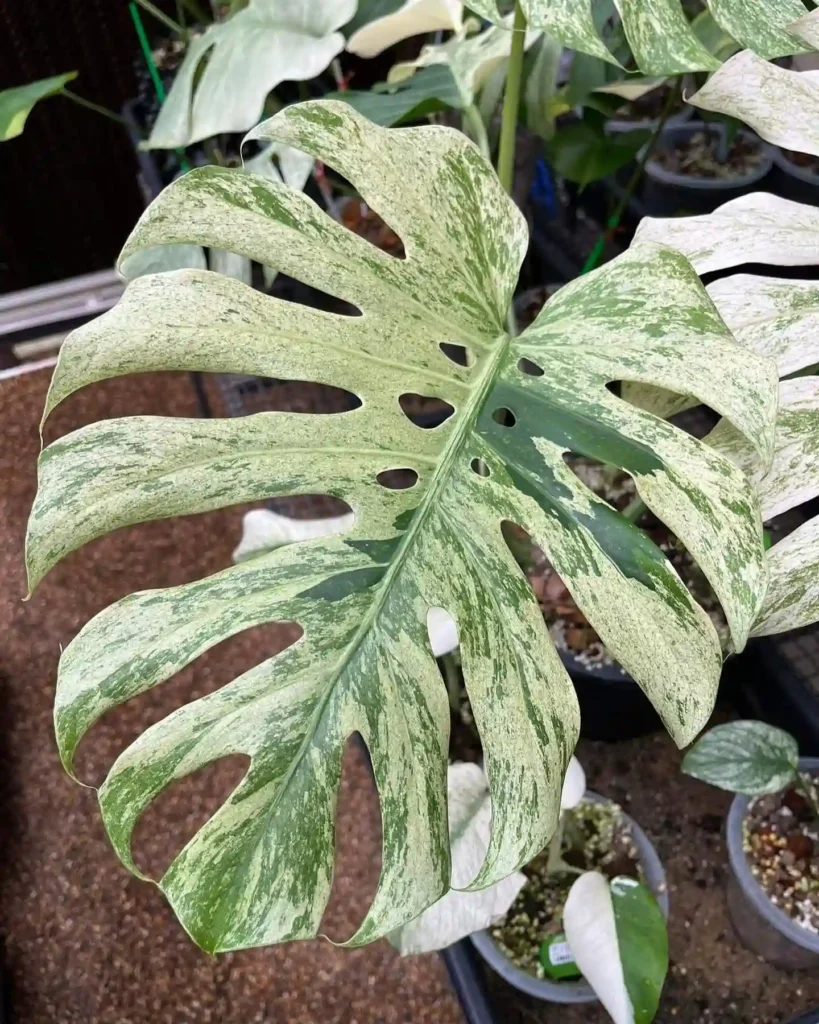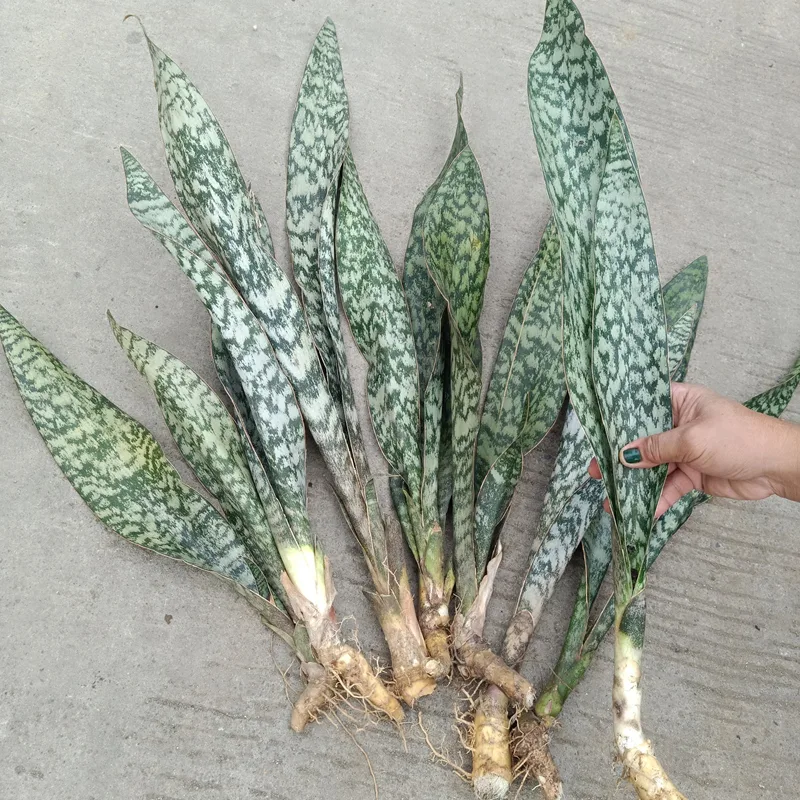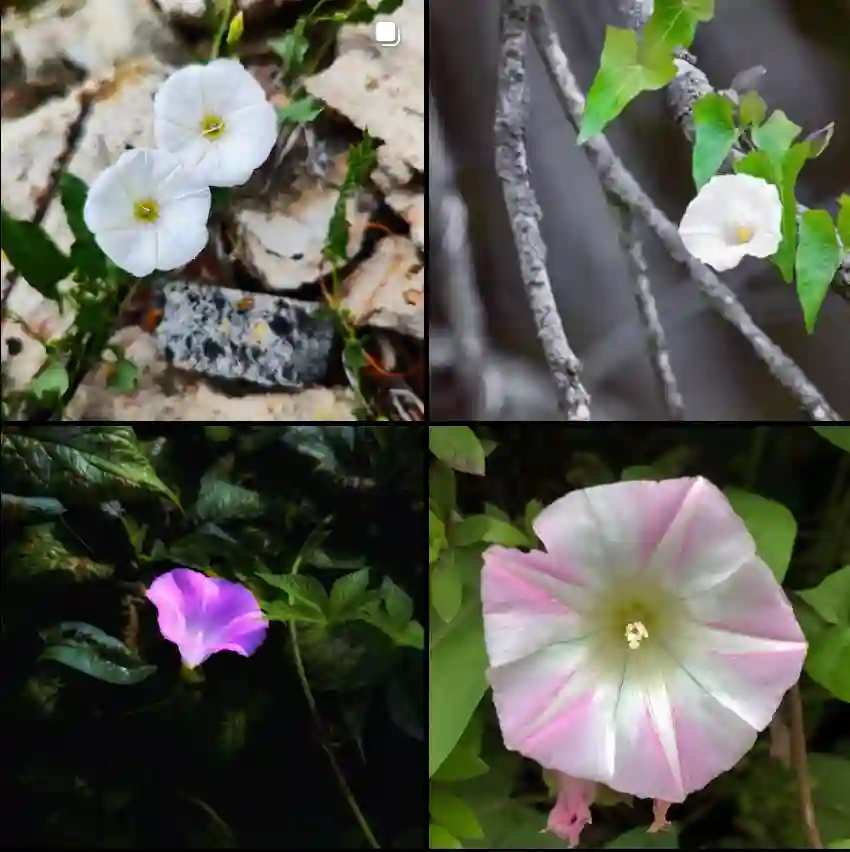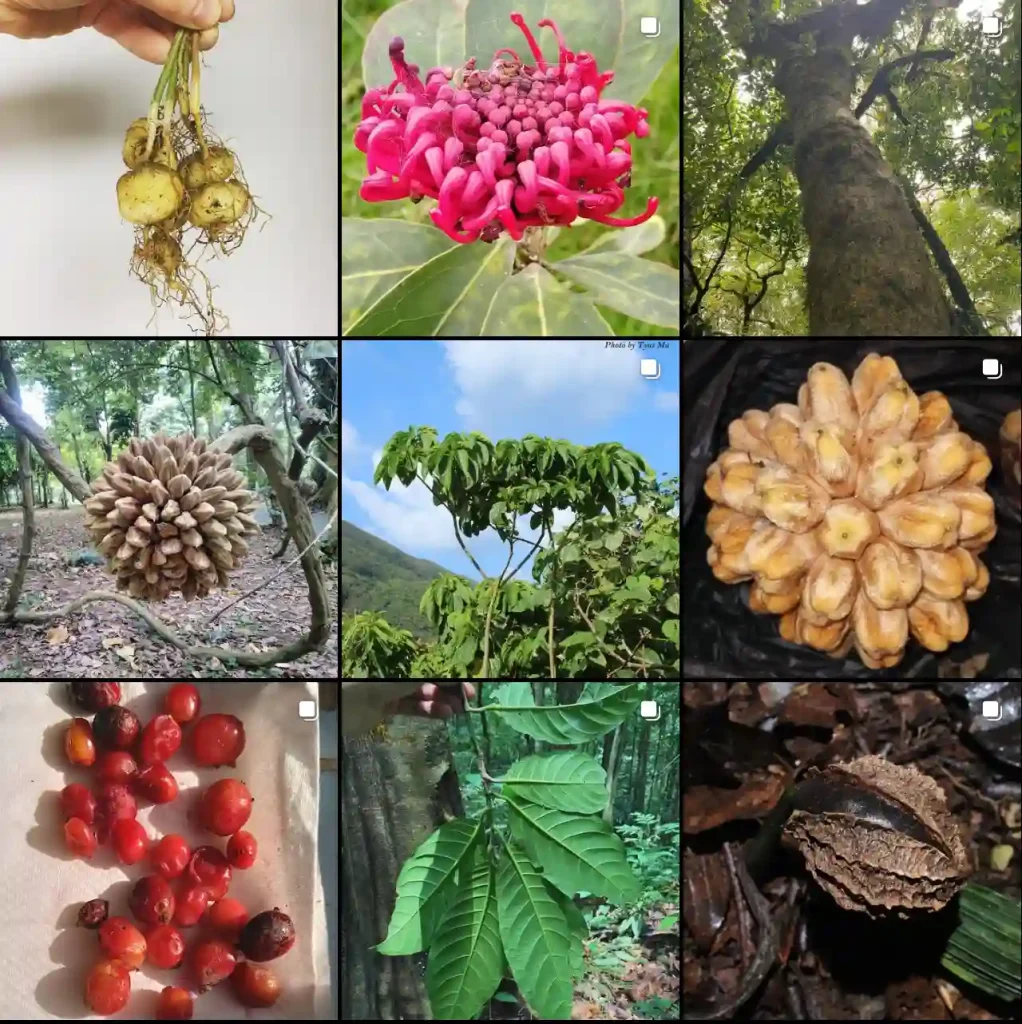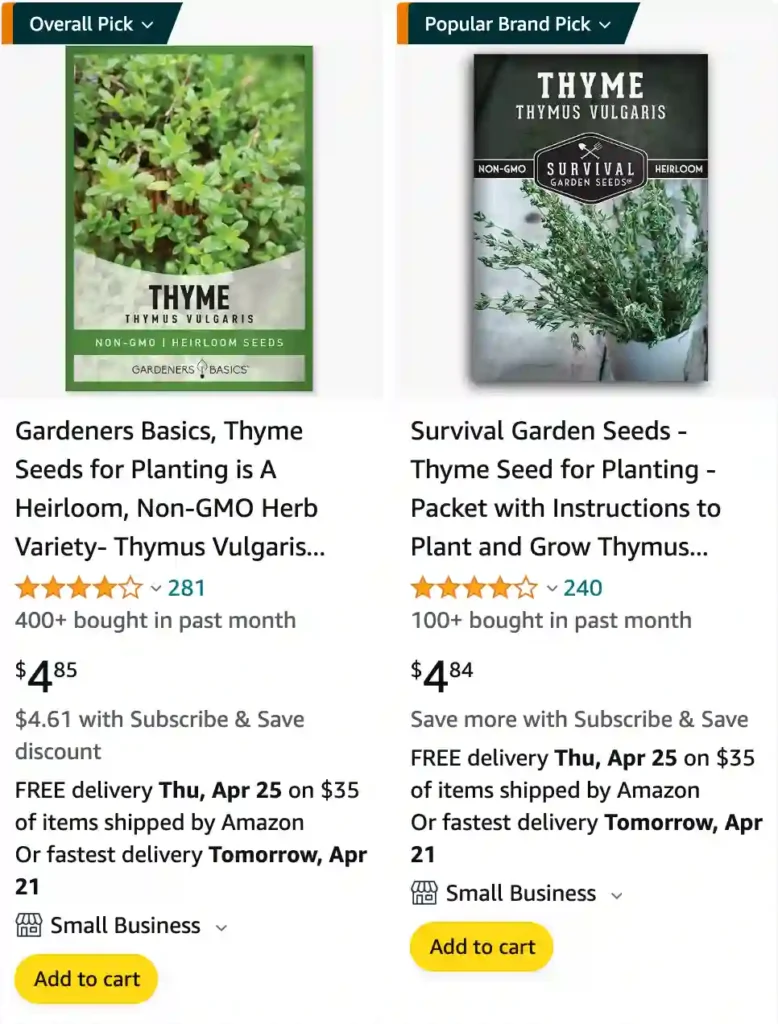
Thyme (Thymus vulgaris): A Personal Journey with the Timeless Herb
I’ve always been fascinated by plants that marry utility with beauty, and thyme, particularly Thymus vulgaris, holds a special place in my heart. It’s not just a fragrant herb that elevates culinary creations; it’s a resilient, versatile plant that embodies the charm of Mediterranean gardens. Over the years, I’ve had the privilege of growing, harvesting, and integrating thyme into various aspects of my life, and today, I want to share why this unassuming herb has become one of my favorites.
Discovering the Magic of Thyme
I first encountered thyme during a visit to a local nursery. Its earthy, aromatic scent was impossible to ignore. As I brushed my fingers across its tiny leaves, I was struck by its unpretentious charm. I brought home a small pot, unsure how much impact this little plant would have on my gardening and cooking.
Thyme thrives in well-drained soil and full sun, conditions that mimic its native Mediterranean environment. I planted it in a corner of my herb garden, where it quickly established itself as a hardy, low-maintenance staple. Its compact growth habit and evergreen nature make it a visual delight year-round, even when other plants retreat for winter.
Culinary Adventures with Thyme
One of my first experiments with thyme was infusing it into olive oil. I gently heated the oil with sprigs of fresh thyme, allowing its herbal essence to seep into the liquid. The result was a flavorful oil that transformed simple salads and roasted vegetables into culinary masterpieces.
Thyme also became a go-to ingredient for soups, stews, and marinades. Its subtle peppery undertones and hint of lemon complemented a variety of dishes. One of my proudest moments was crafting a herb-crusted lamb roast, where thyme played a starring role in the crust.
I’ve learned that thyme pairs beautifully with other herbs like rosemary, oregano, and parsley. Its versatility knows no bounds, and it’s a constant reminder of the symbiotic relationship between nature and our dining table.
Medicinal and Aromatic Benefits
Beyond its culinary prowess, thyme has a storied history as a medicinal herb. Ancient Greeks and Romans used it for its antiseptic properties, and it continues to be a valuable natural remedy. For me, thyme tea is a comforting ritual during the colder months. A simple infusion of thyme leaves in hot water, sweetened with a touch of honey, works wonders for soothing a sore throat and boosting my immunity.
Thyme’s essential oil, rich in thymol, has potent antimicrobial and antifungal properties. I’ve used it as an ingredient in homemade cleaning solutions, finding it both effective and eco-friendly.
Thyme in the Garden
In my garden, thyme has proven to be more than just a culinary herb. Its drought tolerance and ability to thrive in challenging conditions make it an excellent ground cover. I’ve planted it along pathways, where its fragrant leaves release a burst of aroma with every step.
One year, I experimented with creating a thyme lawn. Although it took patience to establish, the end result was a lush, aromatic carpet that required minimal mowing and added a unique sensory experience to my outdoor space.
Thyme also attracts pollinators like bees and butterflies. Watching these creatures flit among the delicate lavender blooms of my thyme plants is a daily joy. It’s a small but significant way I feel connected to the broader ecosystem.
Lessons from Thyme
Over time, thyme has taught me valuable lessons about resilience and resourcefulness. Its ability to thrive in tough conditions is a testament to the strength of nature. It’s a plant that rewards care and attention with endless versatility, whether in the kitchen, the garden, or even in personal well-being.
For anyone considering adding thyme to their life, I can’t recommend it enough. Start small, with a single pot or a patch in your garden, and let its many uses unfold. Whether you’re a gardener, a cook, or someone seeking natural remedies, Thymus vulgaris offers something unique.
FAQs
How to chop thyme?
Chopping thyme can be a breeze if you know the trick! I used to spend ages clumsily trying to separate the leaves from the stems, which always ended up with bruised leaves and frustration. Now, I learned from my favorite cooking show to simply pinch the stems together with a bunch of leaves between my thumb and forefinger. With the other hand, I run a knife down the stem from top to bottom, gently scraping off the leaves. This way, I get a pile of lovely, clean thyme leaves ready to be chopped. Depending on the recipe, I might give them a rough chop by rocking the knife back and forth a few times, or for a more delicate touch, I’ll patiently chiffonade them by stacking the leaves, rolling them up tightly, and slicing them thinly across the roll.
What does thyme look like?
Thyme has thin, woody stems with tiny oval-shaped leaves. The leaves are a soft, grayish-green color, and they grow in clusters along the stems. There are different varieties of thyme, some with subtle visual differences. For example, lemon thyme has a brighter green color.
What does thyme taste like?
Thyme has a really unique flavor that makes it one of my favorite herbs. It’s earthy and almost woodsy, but also has a bright, citrusy note and a subtle minty freshness. There’s even a warmth to it that reminds me of cloves, but less overpowering. It’s this mix of flavors that makes thyme so versatile in recipes – I love the earthiness it brings to slow-cooked stews, but a pinch of fresh thyme can also brighten up delicate fish or add depth to roasted veggies.
Is thyme a perennial?
Yes, most varieties of thyme are perennials. This means they’ll come back year after year, making them a great investment for your herb garden!
They’re quite hardy and can tolerate some colder temperatures. If you live in a warmer climate, you can even enjoy the fresh leaves throughout the whole year.
Can dogs eat thyme?
Yes, dogs can safely eat thyme in moderation. It’s a non-toxic herb that actually offers some potential health benefits for our furry friends. Thyme has antibacterial and antifungal properties, so it can help with tummy troubles or even freshen a stinky dog breath. Of course, I’d always check with my vet before adding anything new to my dog’s diet, and moderation is key – a small sprinkle on their food or a little bit in their treats goes a long way.
How to dry thyme?
There are a few ways to dry thyme, and my favorite method depends on how quickly I need it! For long-term storage, I love air-drying. I gather bunches of thyme, tie them with kitchen twine, and hang them upside down in a cool, dry place with good air circulation. It takes a week or two, but the flavor is fantastic. If I need dried thyme right away, I’ll use a dehydrator. I spread the leaves in a single layer and dehydrate them on low heat until they’re completely dry and crumbly. For small quantities, I sometimes dry thyme in the oven on the lowest setting with the door slightly open–it needs close monitoring, but it works in a pinch!
How to grow thyme?
I love growing thyme! It’s such a low-maintenance herb that thrives with a little sunshine and well-drained soil. I usually start by buying small thyme plants from the garden center – they’re pretty affordable. I look for healthy plants with vibrant green leaves. At home, I plant them in a sunny spot either directly in my garden bed (making sure the soil is light and not too wet) or in pots with a good potting mix designed for herbs. Thyme doesn’t need much fussing – I just water it when the soil feels dry and give it a light trim after it flowers to keep it looking bushy. With just a little love, it grows beautifully and provides me with fresh thyme all season long!
How to harvest thyme?
I get super excited when it’s time to harvest my thyme! The best time is just before it flowers, which is usually in the morning after the dew has dried – that’s when the leaves are packed with the most flavor. I use clean gardening shears and snip full sprigs about a third of the way down the plant, making sure to cut above a leaf node (where the leaves sprout from the stem). This encourages bushier growth. I love the smell of fresh thyme, so harvesting is almost like aromatherapy for me! Depending on my needs, I’ll either use the fresh sprigs right away, tie them in bundles to dry, or strip the leaves for freezing.
How to use fresh thyme?
I find fresh thyme to be incredibly versatile in the kitchen! Its earthy, citrusy flavor complements so many dishes. I usually add whole sprigs while roasting chicken or braising a pot roast – the woody stems infuse beautiful flavor, and I can just remove them before serving. I also love using chopped fresh thyme in hearty stews or soups, giving a depth of flavor I just can’t get with dried. When I want a brighter taste, I’ll add sprigs of fresh thyme to pan sauces for fish, or scatter the chopped leaves over roasted veggies right before serving. Honestly, fresh thyme makes anything feel gourmet!
Is thyme safe for cats?
Yes, thyme is generally considered safe for cats in small amounts. In fact, it’s sometimes even included in commercial cat foods or supplements. It’s best to avoid giving cats large amounts of thyme, as the essential oils can be irritating in excess, but a little nibble or a sprinkle on their food shouldn’t cause any problems. If you’re unsure, it’s always a good idea to check in with your veterinarian, especially if your cat has any underlying health conditions.
How to make thyme tea?
I find thyme tea so relaxing, both for its flavor and its soothing properties. It’s incredibly easy to make! If I have fresh thyme, I’ll wash a few sprigs thoroughly and place them in a mug. Then, I pour boiling water over the sprigs and let them steep for about 5 minutes before removing them. Sometimes, I’ll add a slice of lemon or a drizzle of honey for extra flavor and sweetness. If I’m using dried thyme, I’ll place about a teaspoon of the dried leaves in a tea infuser or tea bag and steep it in hot water the same way. Thyme tea has a warm, earthy taste with a subtle citrus note – it’s perfect on a chilly day or when I’m feeling a little under the weather.
Is creeping thyme invasive?
While creeping thyme can spread quickly and easily fill in spaces, it’s not considered an invasive plant. Its growth is relatively compact, staying low to the ground and easily manageable if it gets too enthusiastic. Unlike truly invasive plants, creeping thyme doesn’t outcompete or choke out native species. So, while you might need to trim it back now and then, it’s perfectly fine to include in your garden – it makes a lovely ground cover and adds a wonderful fragrance!
Is creeping thyme safe for dogs?
Yes, creeping thyme is considered safe for dogs. It’s a non-toxic herb, so your pup can nibble on it without any worries. In fact, it’s sometimes even used in dog-friendly groundcovers because it’s resilient and can withstand a bit of roughhousing. Of course, if your dog has a sensitive tummy, it’s always best to start with a small amount and watch for any adverse reactions, just like when introducing anything new to their diet.
Can rabbits eat thyme?
Yes, rabbits can eat thyme in moderation! It’s a safe and healthy herb for them to enjoy as part of a balanced diet. Thyme provides some vitamins and minerals, and its flavors can add some variety to their meals. However, like anything good, too much can cause some stomach upset, so it’s best to offer it as an occasional treat. Start with a small sprig and monitor your rabbit’s reaction – if they like it and tolerate it well, you can gradually increase the amount.
Thyme vs Rosemary
Rosemary, to me, is a bolder, more assertive herb. Its piney, almost camphorous flavor can be overpowering if not used judiciously. I remember one time I over-enthusiastically added a whole sprig to a roast chicken, and it completely dominated the dish. Thyme, on the other hand, is much more subtle and versatile. Its gentle, earthy notes complement a wide range of flavors without stealing the show.
Thyme vs Oregano
Oregano packs a stronger, more pungent punch compared to thyme’s delicate nature. While I love oregano’s bold flavor in Italian dishes like pizza and pasta, I find it can be overwhelming in more subtle preparations. Thyme, with its milder character, offers a more nuanced and refined taste that I appreciate in dishes where I want the herbs to play a supporting role.
German Thyme vs English Thyme
I’ve always found German thyme to be a bit harsher, with a stronger, almost medicinal quality. English thyme, in contrast, is softer and sweeter. It has a more classic thyme flavor that I prefer in most dishes. I remember trying to substitute German thyme for English in a chicken recipe once, and the final result was a bit overpowering.
Thyme vs Lemon Thyme
Lemon thyme is like thyme with a sunny disposition. Its bright, citrusy notes add a delightful zing to dishes. I love it in salads, marinades, and even in desserts. While I appreciate the versatility of regular thyme, lemon thyme brings a unique and refreshing element to my cooking that I can’t resist.
Thyme vs Sage
Sage is another bold player in the herb world. Its earthy, almost bitter flavor can be quite strong. I enjoy it in specific dishes like sage and buttered pasta or roasted poultry, but I find it overpowering in most other applications. Thyme, with its milder taste, is a much more forgiving herb that I can use confidently in a variety of recipes.
Thyme vs Parsley
Parsley is fresh and grassy, a classic garnish rather than a flavor powerhouse. While it’s essential for many dishes, it doesn’t have the depth of flavor that thyme offers. Thyme adds complexity and warmth to a dish, while parsley provides a bright, clean finish.
Thyme vs Ajwain
I haven’t had much experience with ajwain, but from what I’ve tasted, it has a strong, almost pungent flavor with a hint of bitterness. Thyme, on the other hand, is much milder and more versatile. While ajwain might have its place in certain Indian dishes, I prefer the subtlety and complexity of thyme in most of my cooking.
Thyme vs Basil
Basil is all about bright, fresh flavors. Its sweet, slightly anise-like taste is perfect for Italian cuisine. While I love basil in pesto and tomato-based dishes, I find it doesn’t always complement other flavors as well as thyme. Thyme’s earthiness and complexity make it a more versatile herb in my opinion.
Thyme vs Creeping Thyme
Creeping thyme is more about its appearance than its flavor. While it’s lovely in a garden, I find its taste to be quite mild compared to regular thyme. I prefer the stronger flavor of regular thyme in most of my cooking.
Thyme vs Dill
Dill has a distinctive, anise-like flavor that is perfect for certain dishes, especially those with fish or cucumbers. However, it can be overpowering in others. Thyme, with its more subtle and versatile flavor, is a safer choice for many recipes.
Thyme vs Marjoram
Marjoram is often described as a sweeter version of oregano. While it has a pleasant flavor, I find it lacks the complexity of thyme. Thyme offers a wider range of taste nuances, making it a more interesting herb to work with.
Thyme vs Mint
Mint is all about freshness and coolness. Its bright, slightly sweet flavor is perfect for desserts, drinks, and certain savory dishes. However, it can be overpowering if not used carefully. Thyme, with its milder and more versatile flavor, is a better choice for most savory applications.
Thyme vs Savory
Savory is another herb with a strong, almost bitter flavor. While it has its place in certain dishes, I find it can be overpowering. Thyme, with its milder and more complex taste, is a much more versatile herb in my kitchen.
Thyme vs Tarragon
Tarragon has a unique, licorice-like flavor that is perfect for certain dishes, especially those with chicken or fish. However, it can be overpowering if not used carefully. Thyme, with its milder and more versatile flavor, is a safer choice for many recipes.
Thyme vs Zaatar
Zaatar is a blend of herbs and spices, with thyme often being one of the components. While zaatar has a complex and flavorful profile, I prefer the pure, focused taste of thyme on its own.
Final Thoughts
Thyme is more than just an herb to me—it’s a reminder of the interconnectedness of life. From its culinary delights to its medicinal properties and ecological benefits, it’s a plant that keeps giving. My journey with thyme has been a deeply rewarding one, and I hope my experiences inspire you to explore its wonders too.
In the world of plants, few offer as much as thyme does. It’s a timeless companion, and for me, it’s truly one of nature’s greatest gifts.
If i die, water my plants!
